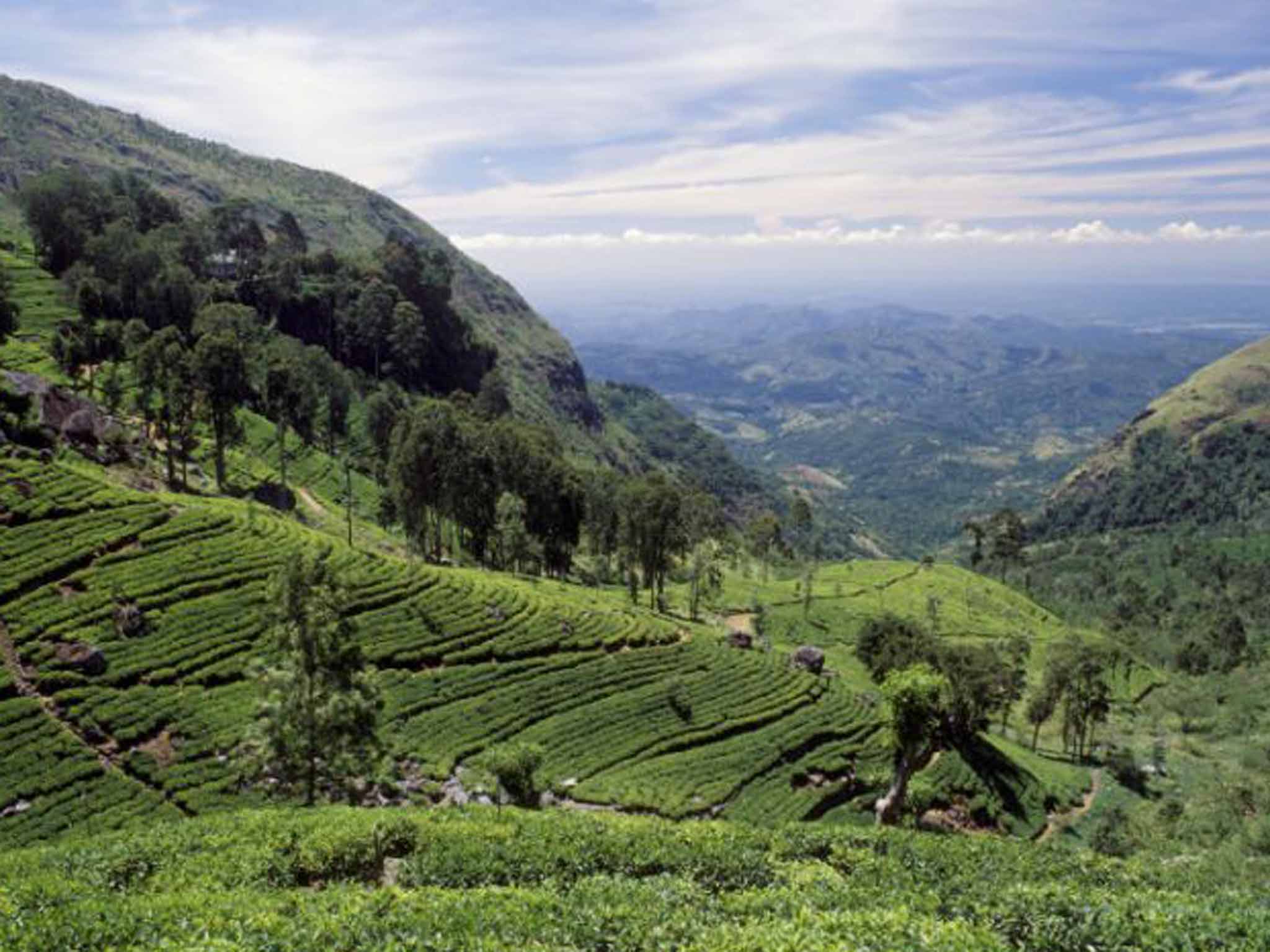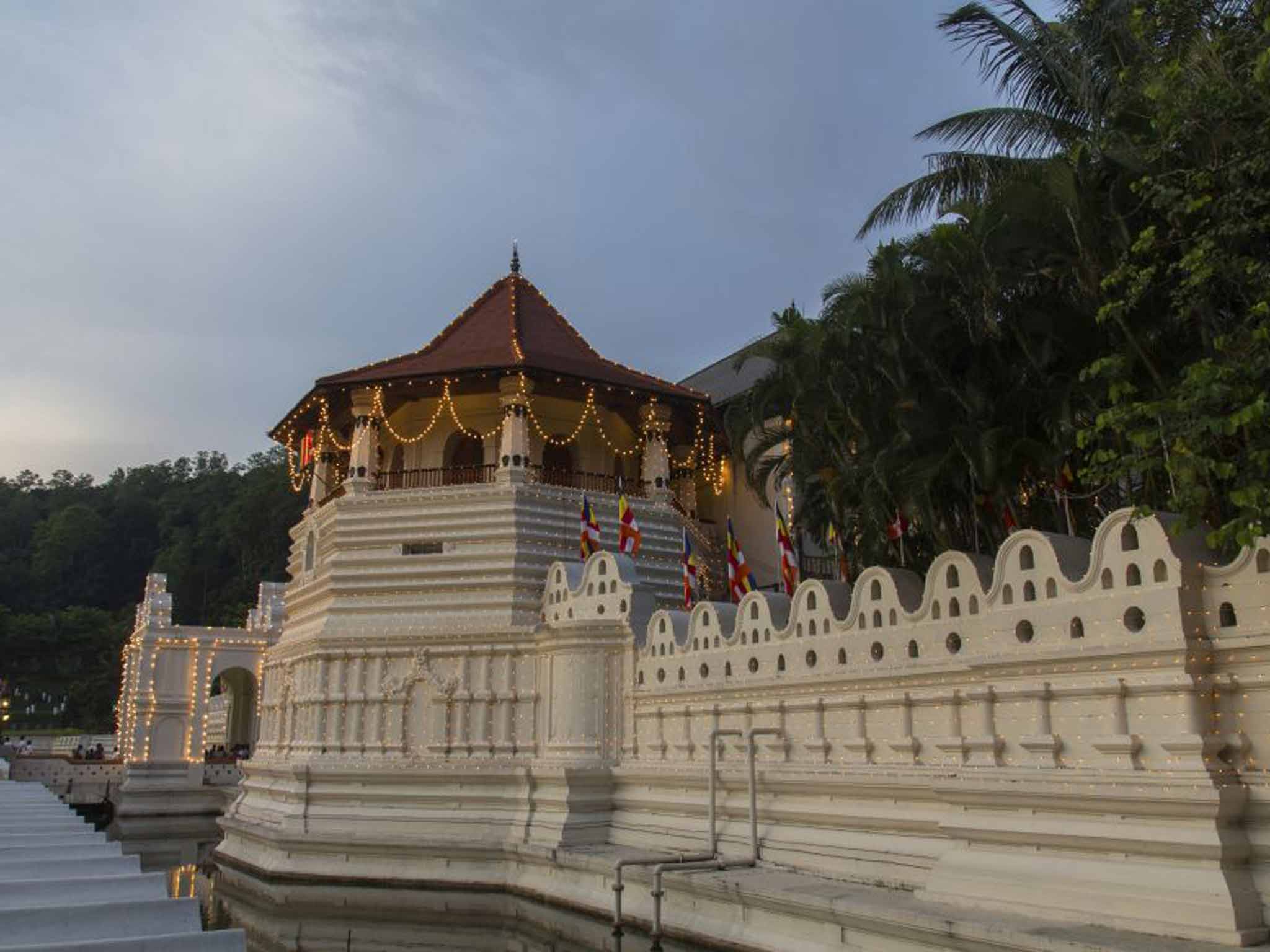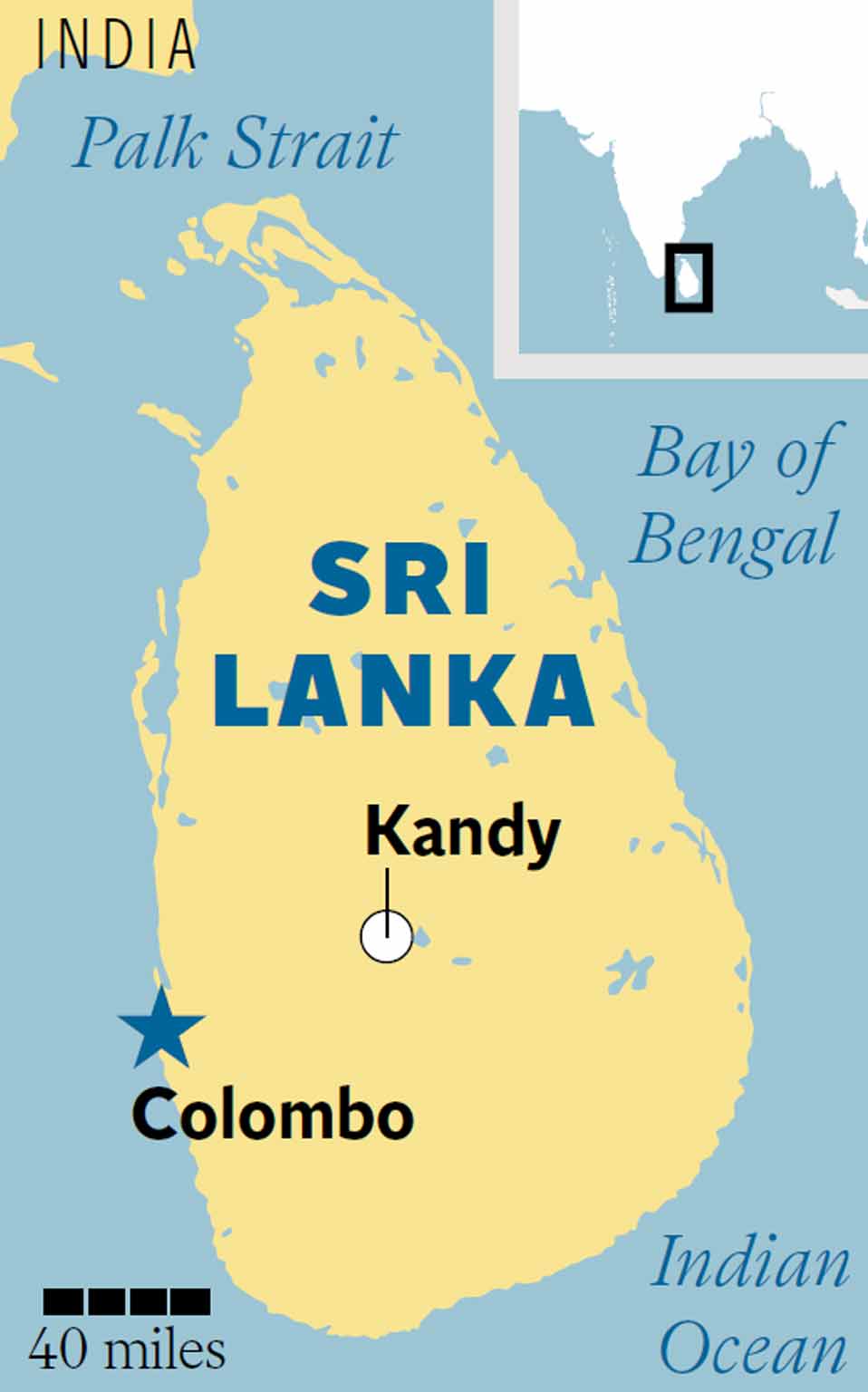Kandy, Sri Lanka: A city of relics ringed with tea
Kandy presents British and Buddhist history, writes Andrew Eames

Your support helps us to tell the story
From reproductive rights to climate change to Big Tech, The Independent is on the ground when the story is developing. Whether it's investigating the financials of Elon Musk's pro-Trump PAC or producing our latest documentary, 'The A Word', which shines a light on the American women fighting for reproductive rights, we know how important it is to parse out the facts from the messaging.
At such a critical moment in US history, we need reporters on the ground. Your donation allows us to keep sending journalists to speak to both sides of the story.
The Independent is trusted by Americans across the entire political spectrum. And unlike many other quality news outlets, we choose not to lock Americans out of our reporting and analysis with paywalls. We believe quality journalism should be available to everyone, paid for by those who can afford it.
Your support makes all the difference.Charles Carmichael's grandson knows all the gravestones off by heart. There was John Spottiswood Robertson, killed by an elephant, and William Watson Mackwood, who fell off his horse on to a stake. Not forgetting Captain James McGlashan, veteran of the battle of Waterloo, who died after a long walk in the rain, accepting his end "with manly fortitude". Never mind that the lettering on the stones is almost indecipherably faded, he can recite them all, along with cause of death.
But Mr Carmichael's grandson, the assistant caretaker at the Garrison Cemetery in Kandy, did struggle with those very British names: the likes of Spottiswood and McGlashan are tricky for mother-tongue Sinhalese. For despite his grandfather's lineage, and his duty to tend this very British graveyard, Harsha is as Sri Lankan as they come.
This year it is exactly 200 years since the British established complete control over the island they called Ceylon, marching into Kandy – the last stronghold of the Sinhalese Kings – in 1815. In the years that followed, many died from so-called "jungle fever" – usually malaria – but many also made their fortunes here. Unsurprisingly, the Sri Lankans will not be celebrating the 200th anniversary, but when I asked him for his opinion, Harsha was pragmatic about the long-term impact of Sri Lanka's colonial past. The British, he said, had brought schools, railways, roads, cricket and industry, among other things. Their legacy in tourism terms is considerable, too. Modern Sri Lanka speaks English, drinks tea, and has preserved its colonial architecture. Few places feel the British influence more than Kandy, the last place to fall on 10 March 1815.

As a result Sri Lanka's city in the hills, which still has rainforest and a lake at its heart, has a split personality. Many of Sri Lanka's ruling elite maintain wallawwas, or traditional mansions, here. Kandy hosts the country's most important temple, the Sacred Temple of the Tooth Relic (the dental relic being one of the Buddha's teeth), as well as its most significant festival, Esala Perahera, which venerates the relic. But it is also a place where the British really made their mark.
I came up to Kandy by a rather easier British-built method than those foot soldiers did two centuries ago. The train from Colombo takes about three hours, and for much of the second half the track wriggles around on a high shelf cloaked in rainforest, a huge drop down to terraced paddy fields and distant plains on one side. It is one of the most spectacular rail journeys in the world.
My city tour was equally eye-catching, courtesy of a British-built 1948 Ford Prefect driven by Lal, in splendid white uniform and chauffeur's cap. It wheezed and grunted, but Lal seemed to sail it rather than steer it. He had no mirrors and never bothered to look behind, despite an onslaught of traffic on all sides.
We started at the Botanical Gardens, established by the British in 1821, on a bend in the Mahaweli river. A huge inventory of trees here, from all around the world, showed just how fertile these uplands are. Over the years, royals and heads of state have left their calling cards in tree form.

This was also where planter James Taylor first experimented with what was to transform the surrounding country: tea. The industry now dominates the highlands, and the bush he planted is still there, unkempt and standing some 20ft tall. Couples come to the Botanical Gardens to hold hands in the shade and then return, as newlyweds, for photo-sessions amid the orchids.
Back in the heart of town, I visited the Temple of the Tooth, now heavily defended since a truck bomb by the Tamil Tigers back in 1998. The British were a little more respectful when they arrived in 1815, although they did build a church right next door. Governor Sir Edward Barnes also banned the Esala Perahera, when the Tooth Relic is paraded on elephant-back. The result was the worst drought the country has ever faced; when Barnes eventually relented, it rained non-stop for seven days.
I read about all this over lunch in the Queens Hotel, the Governor's old residence in pole position on the lakeside, which was converted into a hotel for a royal visit in 1954. A pianist tinkled away in the foyer, and in the high-ceilinged Queen of Hearts (Diana, of course) restaurant the lunch was a fragrant buffet of rice and various curries, for £5 a head. It seemed this synthesis of two cultures has worked out surprisingly well.
Getting there
Andrew Eames travelled to Kandy with Experience Travel Group (020 3355 5669; experiencetravelgroup.com) which offers a nine-night Sri Lanka holiday from £2,295pp, including boutique accommodation with breakfast, a private chauffeur-guide and return flights from Heathrow.
The only non-stop flights from the UK to Sri Lanka are operated by Sri Lankan from Heathrow (0330 808 0800; srilankan.com).
More information
British passport-holders require a short-stay visa, which can be obtained in advance from eta.gov.lk/slvisa for US $15 (£10). srilanka.travel
Join our commenting forum
Join thought-provoking conversations, follow other Independent readers and see their replies
Comments